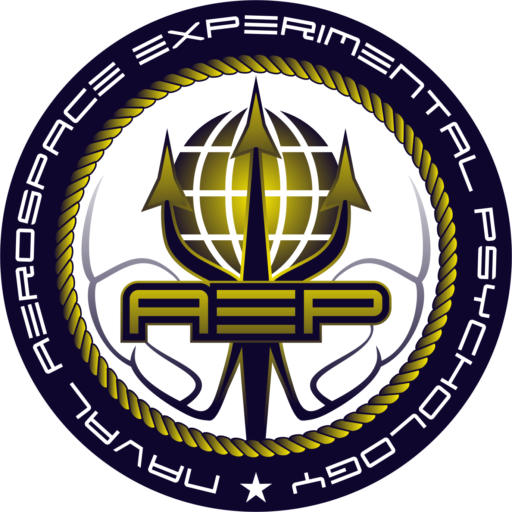Strength in Diversity
Like the rest of the US Navy and Department of Defense, the Aerospace Experimental Psychology community is made up of a diverse group of individuals, bound together in a common goal of service to our country. There is no single personality type of individuals that choose to serve in the military. Each member of our community brings their own unique skills, perspectives, and experiences. Below are some of our members’ answers to commonly asked questions.
LT Sarah Beadle
AEP #164
Background: PhD in Human Factors Psychology
Winged: Feb 11th, 2022
Current Assignment: NAWCAD Human Systems Engineering Department, Patuxent River, Maryland
What made you interested in pursuing a Doctoral degree in Human Factors?
How did you learn about the AEP Community?
What was the most challenging part of AEP training for you?
What was your most memorable moment of AEP training?
LT Alexandra Kaplan
AEP #165
Background: PhD in Human Factors and Cognitive Psychology
Winged: Feb 11th, 2022
Current Assignment: Naval Medical Research Unit, Dayton, Ohio
What made you interested in pursuing a Doctoral degree in Human Factors and Cognitive Psychology?
How did you learn about the AEP Community?
What was the most challenging part of AEP training for you?
What was your most memorable moment of AEP training?
